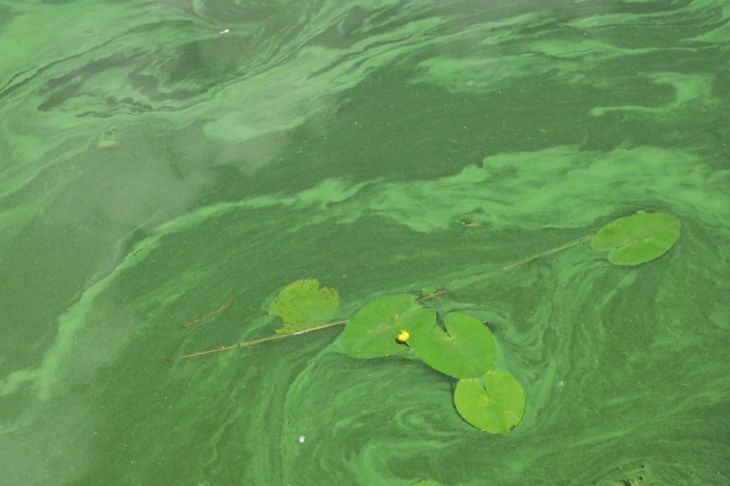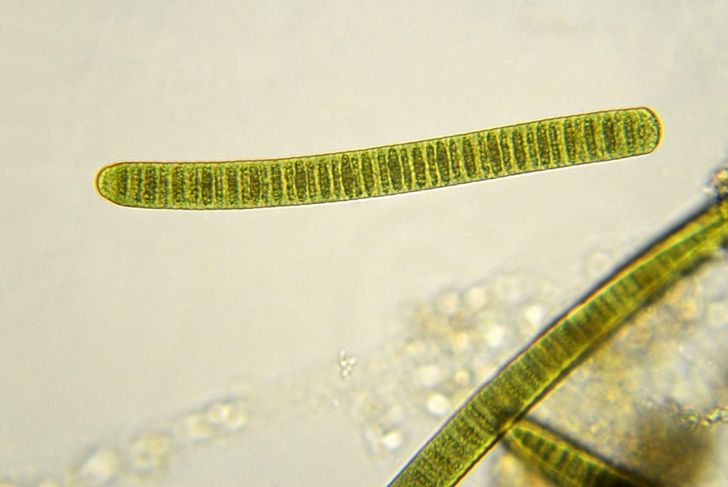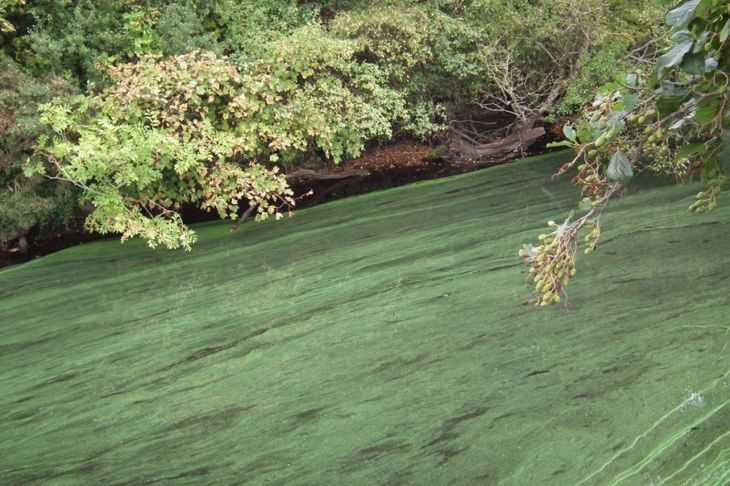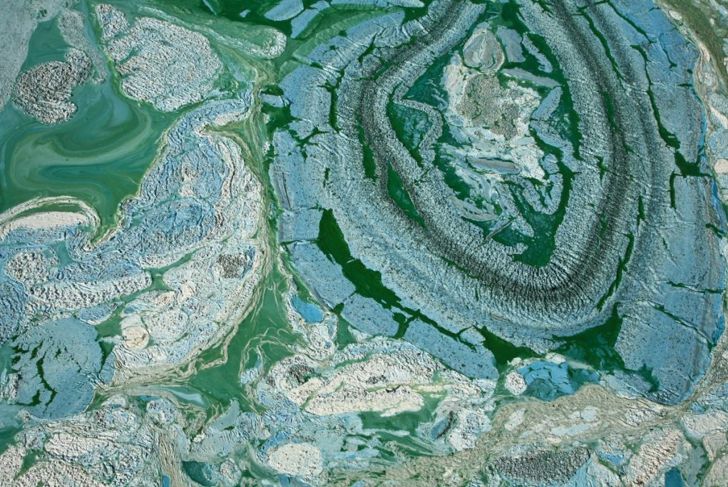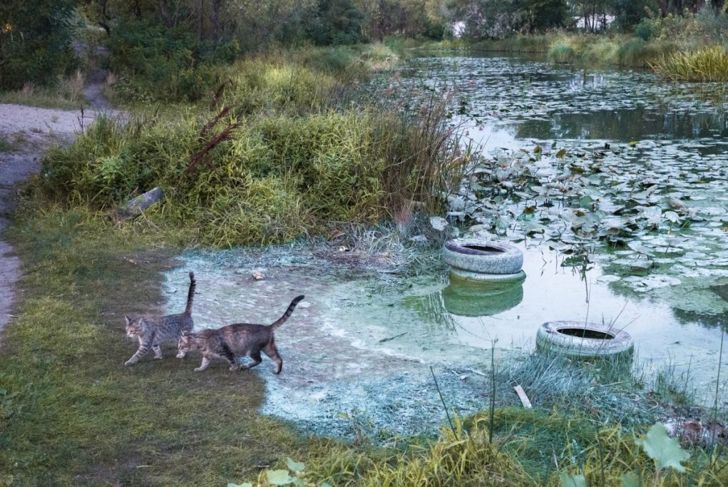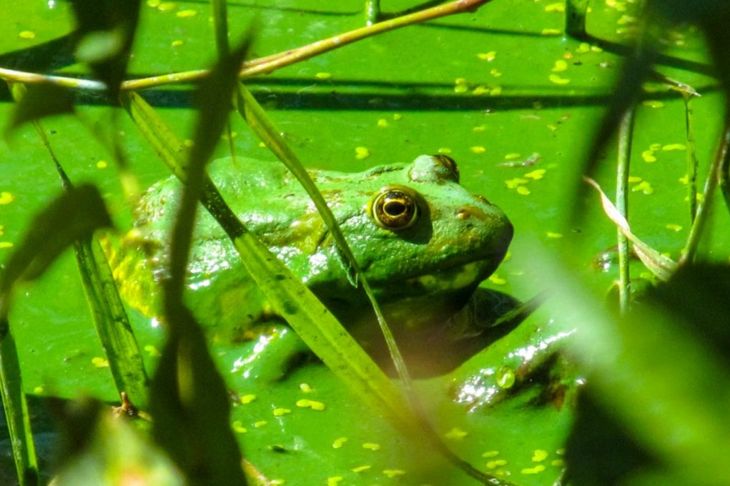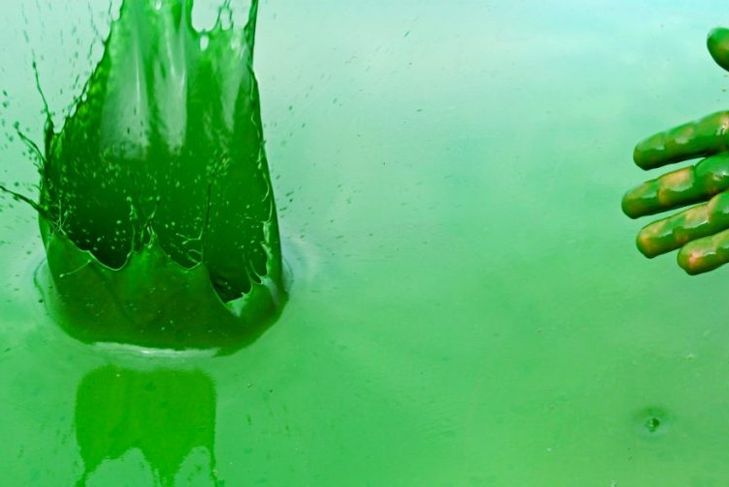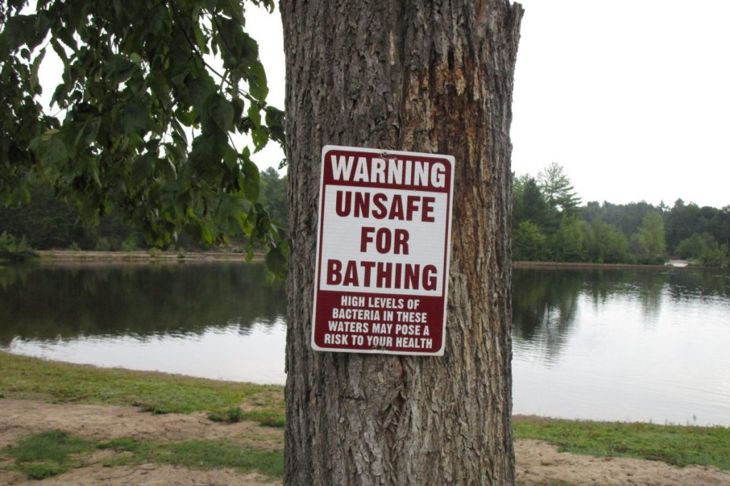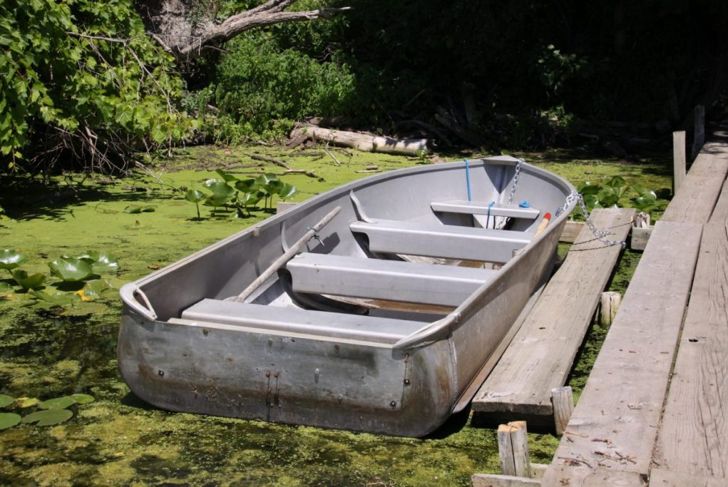Every time the weather warms up, news reports start popping up about blue-green algae outbreaks. These usually warn swimmers to stay out of certain bodies of water where the outbreak is occurring, as well as warning people not to let their pets or livestock consume the water. But what is blue-green algae and why is it dangerous? Those short news reports are often scarce on details, but understanding how and why these blooms occur and how to recognize dangerous exposure to them is an important part of staying safe during outdoor recreation.
What is Blue-Green Algae?
Although it only makes the news when a major outbreak occurs, blue-green algae are present in most bodies of water. The tiny cyanobacteria are microscopic organisms that usually don’t collect in large enough numbers to present a health hazard. Cyanobacteria are one of the oldest life forms on the planet and can be found in soil as well.
Why is it Dangerous?
Not all blue-green algae are dangerous to humans and domestic animals, although any major algae bloom can cause problems for the ecosystem as a whole. However, some types of blue-green algae produce toxins when the cells break down during their natural lifecycle. These cyanotoxins can cause everything from minor skin irritation to serious nervous system impairment.
What Causes Algae Blooms?
Algae blooms occur when a few specific conditions combine to create an environment that causes cyanobacteria to flourish. The water generally must be still or slow-moving so that the bacteria can collect, and the temperature must be warm. When an overabundance of nutrients, particularly nitrogen and phosphorus, is added to that, an ideal situation for algae blooms to develop. While some blooms occur naturally, many are caused by humans. Agricultural and industrial runoff often add the extra nutrients needed to create a bloom.
What Do Algae Blooms Look Like?
Although algae blooms aren’t always visible to the naked eye, some signs should make you take extra precautions. Floating mats or scum of algae are an obvious sign. Some may look more like splashes of paint than a plant. People should also treat water with a strong color but no obvious mats with caution. Despite the name, blue-green algae do not always look blue or green, so be wary of any strongly colored water, including red, brown, white, purple, or yellow.
What are the Symptoms of Exposure to Algae?
The most common symptom of exposure to toxic blue-green algae is skin irritation, which typically goes away fairly quickly. However, more extreme exposures can cause neurological symptoms including tingling in the fingers and toes, dizziness, and numbness in the lips. Cyanotoxins can also cause liver damage, symptoms of which include abdominal pain, vomiting, and diarrhea. In extreme cases, this may lead to death.
Is Blue-Green Algae Harmful to Animals?
While most humans experience minimal harm from exposure to blue-green algae, animals are a different story. Blue-green algae can be highly toxic to animals, particularly since many pets and livestock drink the water and consume large amounts of cyanobacteria. Cyanotoxins affect the nervous system and liver in animals just like in people, but it is more likely to be toxic to pets. Contact your veterinarian immediately if you believe your pet swam in or drank from a body of water contaminated by blue-green algae.
The Environmental Effects of Blue-Green Algae
While we tend to focus on the harmful effects of blue-green algae to people and pets, algae blooms can also be devastating to the ecosystem. Large blooms block the sunlight that underwater plants need for photosynthesis, causing them to die out and removing the food source for many fish and other marine animals. Blooms also use up a large amount of oxygen in the water and prevent it from being replaced, which causes fish to suffocate and die; major blooms are often accompanied by large fish die-offs. This can also poison other wild animals that eat the fish or drink from the water.
What to Do if You are Exposed to Blue-Green Algae
If you or your pets come into contact with blue-green algae, rinse the exposed area thoroughly with clean, fresh water as soon as you can. In most cases, this will be enough to prevent any symptoms, but notify your doctor or another healthcare provider just to be safe. Be alert for any symptoms of exposure, which may seem mild and flu-like at first.
How to Avoid Exposure
The best way to avoid exposure is to keep an eye out for any unusual colors or plant-like growths and avoid that water. Never boat, swim, wade, or fish in waters you suspect are contaminated. If you are planning a trip to a waterway, check your state’s posted reports to make sure it is clean. Don’t eat fish you suspect came from a contaminated waterway, as they may carry the toxins. Do not drink from contaminated waterways even after filtering or treating the water, as most personal filters cannot reliably remove cyanotoxins.
What to Do if You See a Bloom
Harmful algae blooms can occur in all 50 U.S. states and virtually every country in the world, so every location has a different policy for handling them. In general, if you see a bloom that does not appear to have been reported, contact your area’s fish and wildlife department. If you’re in a specific park, let a ranger know what you saw. Public health departments are also a good source of information. For private ponds, contact the owner or homeowner’s association that maintains it.

 Home
Home Health
Health Diet & Nutrition
Diet & Nutrition Living Well
Living Well More
More